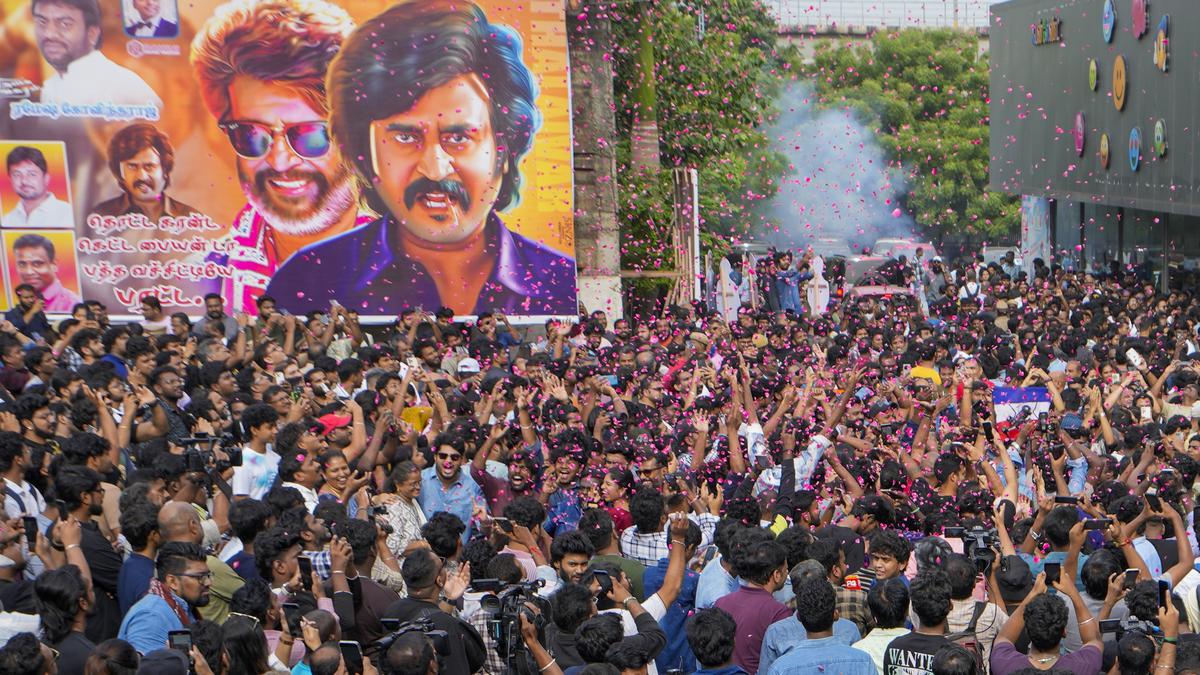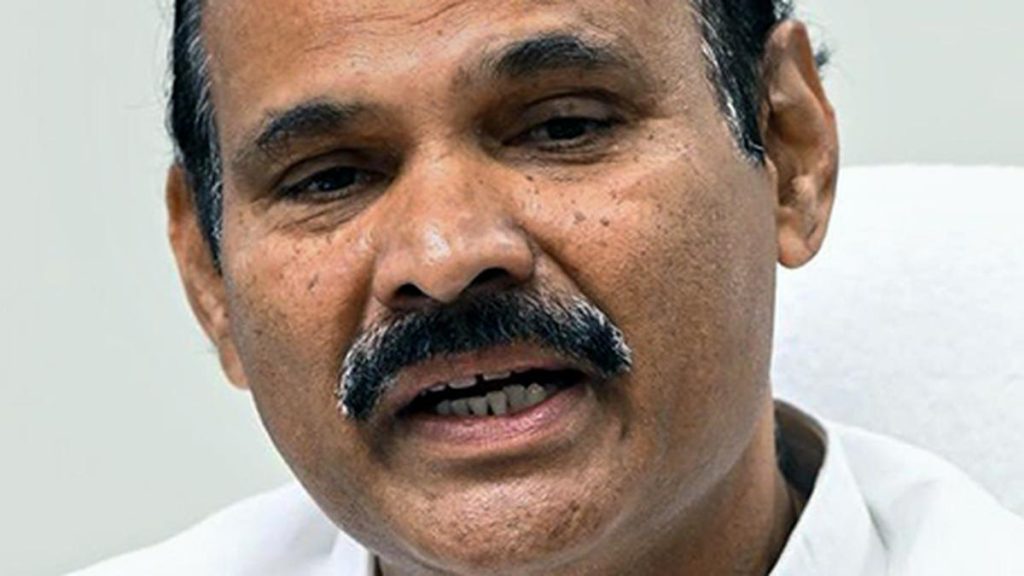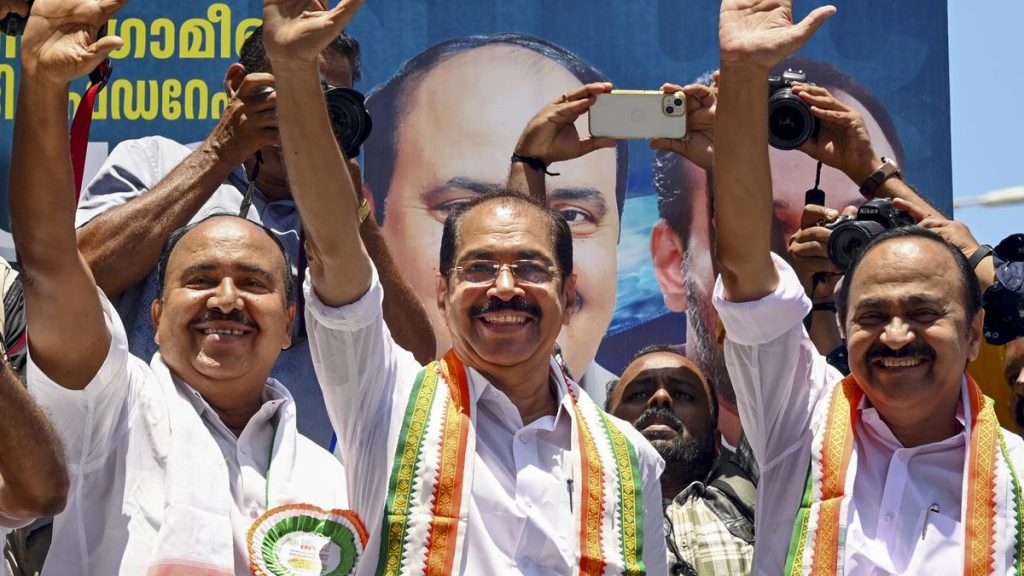Now Reading: Rajinikanth’s ‘Coolie’ Gets ‘A’ Certificate as Makers Decline CBFC Cuts, Madras HC Told
-
01
Rajinikanth’s ‘Coolie’ Gets ‘A’ Certificate as Makers Decline CBFC Cuts, Madras HC Told
Rajinikanth’s ‘Coolie’ Gets ‘A’ Certificate as Makers Decline CBFC Cuts, Madras HC Told

Quick Summary
- The Central Board of Film Certification (CBFC) informed the Madras High Court that Sun TV Network Limited declined necessary cuts for a U/A certificate for Rajinikanth’s film Coolie and opted for an ‘A’ certificate instead. Consequently,viewers under 18 cannot watch the movie in theatres.
- Additional Solicitor General (ASG) AR.L.Sundaresan stated that the production company initially accepted the ‘A’ certificate but later sought a U/A certification through legal appeal.
- The firm filed an appeal on August 20, 2025, requesting priority hearing to overturn CBFC’s decision issued on August 4, despite already releasing the movie on August 14.
- ASG argued against urgency in proceedings as no critical threat exists and requested more time for CBFC to file a counter affidavit by August 25.
- Justice T.V. Thamilselvi granted time to CBFC to respond as almost a week had passed since Coolie’s release and deferred immediate hearing of the matter.
- Coolie celebrates Rajinikanth’s completion of fifty years in cinema and features stars like Nagarjuna Akkineni and Aamir Khan; its adult certification reportedly prevents his universal fanbase from viewing it.
Indian Opinion Analysis
This case highlights ongoing tensions between creative freedom in filmmaking and regulatory oversight by bodies like CBFC. While scientific grading ensures content appropriateness based on age demographics, disagreements between filmmakers seeking broader audience engagement frequently enough lead to legal disputes such as this one involving Coolie. Opting for an ‘A’ certificate strategically simplified distribution but limited accessibility among younger fans of Rajinikanth-a notable demographic given his wide-ranging popularity across generations.
The court’s decision granting additional time aligns with procedural fairness standards rather than urgency claims tied indirectly to commercial aspects like audience reach or box office dynamics post-release. It underscores legal challenges inherent within India’s film certification system where balancing artistic expression against state-imposed standards remains complex yet central amid evolving cultural sensitivities.
Read More: The Hindu























